Key Takeaways
- DIY traps provide safe, affordable wasp control.
- Outdoor funnel traps and indoor jam jar traps are best.
- Choose bait according to season for maximum effectiveness.
- Regular trap maintenance is essential.
- Complement traps with professional methods when needed.
 Few things spoil a peaceful afternoon quicker than a group of wasps hovering near your favourite picnic spot or slipping indoors uninvited. You know what? You’re not alone in feeling annoyed—or even a bit nervous—about dealing with wasps. DIY wasp traps are a simple, chemical-free solution, giving you peace of mind and restoring your backyard comfort. This guide covers everything you need: step-by-step instructions, expert tips, and important precautions for building effective homemade traps.
Few things spoil a peaceful afternoon quicker than a group of wasps hovering near your favourite picnic spot or slipping indoors uninvited. You know what? You’re not alone in feeling annoyed—or even a bit nervous—about dealing with wasps. DIY wasp traps are a simple, chemical-free solution, giving you peace of mind and restoring your backyard comfort. This guide covers everything you need: step-by-step instructions, expert tips, and important precautions for building effective homemade traps.
Why DIY Wasp Traps Are Worth Your Time
- First, let’s talk about why wasp DIY methods are such a hit with homeowners. Honestly, commercial traps can be expensive, packed with chemicals, and sometimes overly complicated. Homemade traps are:
-
Cost-effective: DIY traps are budget-friendly, as you can use recycled household items to make them.
-
Safe and natural: They are chemical-free, ensuring the safety of kids, pets, and pollinators.
-
Flexible: DIY traps can be customized easily for specific wasp types and different seasons.
-
Satisfying: There’s a rewarding feeling in solving the problem yourself rather than relying on store-bought solutions.
DIY Outdoor Wasp Trap: The Bottle Funnel Method
The bottle funnel trap is the classic outdoor solution—and trust me, it’s a classic for a reason. It’s effective, easy, and quick.The Bottle Funnel Method
The bottle funnel trap is a classic, easy, and effective outdoor solution for trapping wasps.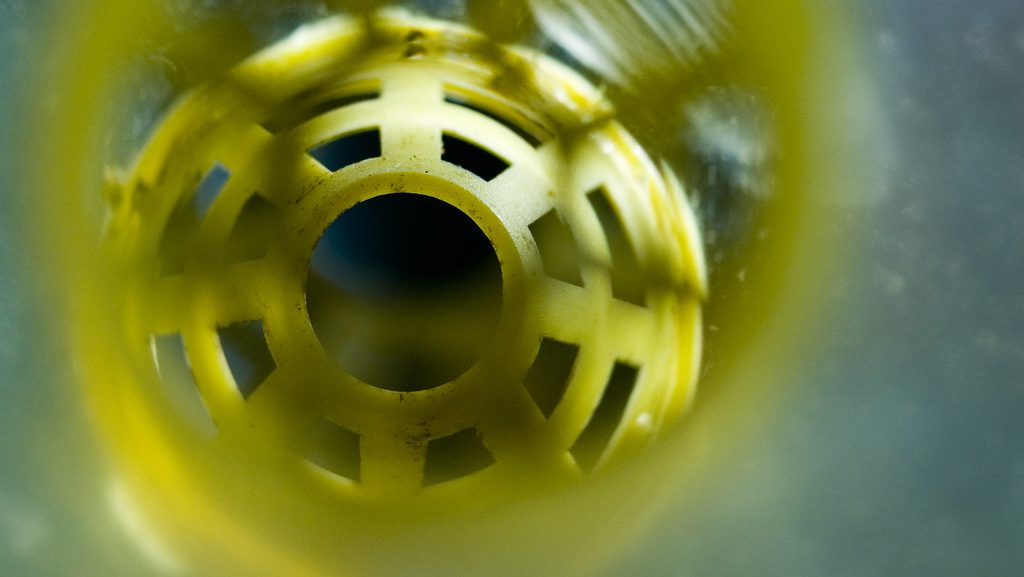

Not getting a solution?
Get your free pest control estimate today!MATERIALS NEEDED
-
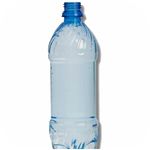 Empty 2-Litre Plastic Soda Bottle
Empty 2-Litre Plastic Soda Bottle
-
 Sharp Scissors or Utility Knife
Sharp Scissors or Utility Knife
-
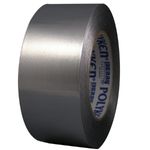 Duct or Packing Tape
Duct or Packing Tape
-
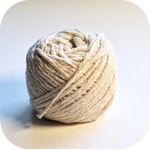 String or Wire for Hanging
String or Wire for Hanging
-
 Bait (can be soda, fruit juice)
Bait (can be soda, fruit juice)
-
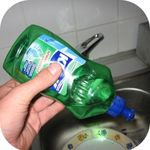 Dish Soap
Dish Soap
Setting Up Bottle Funnel Wasp Trap
1. Preparing the Bottle
- Wash and dry your plastic bottle thoroughly to remove old soda smells.
- Using scissors or a sharp knife (carefully!), cut the bottle horizontally about 1/3 from the top.
2. Creating the Funnel
- Flip the top portion upside down and slide it into the bottom section.
- Tape securely around the rim to ensure a tight seal, preventing wasps from escaping.
3. Baiting Your Trap
- Pour about two inches of sweet liquid bait like fruit juice, soda, or sugar water mixed with vinegar.
- Add a few drops of dish soap to break surface tension and prevent wasps from flying out.
4. Placing Your Trap
- Hang your trap approximately 4 to 6 feet above ground level.
- Choose sunny, open areas near wasp nests but away from seating areas to divert wasps.
Precautions
-
Avoid High-Traffic Areas: Always place traps away from high-traffic areas to prevent accidental encounters with wasps.
-
Wear Gloves: Wear gloves when handling full traps to avoid being stung by wasps inside the trap.
-
Regular Cleaning: Clean and maintain traps regularly to avoid mold, unpleasant odors, and attracting beneficial insects.
Note
This method is simple, effective, and quick, making it a popular choice for homeowners.DIY Indoor Wasp Trap: Jam Jar Method
An easy and effective way to deal with indoor wasps using common household items.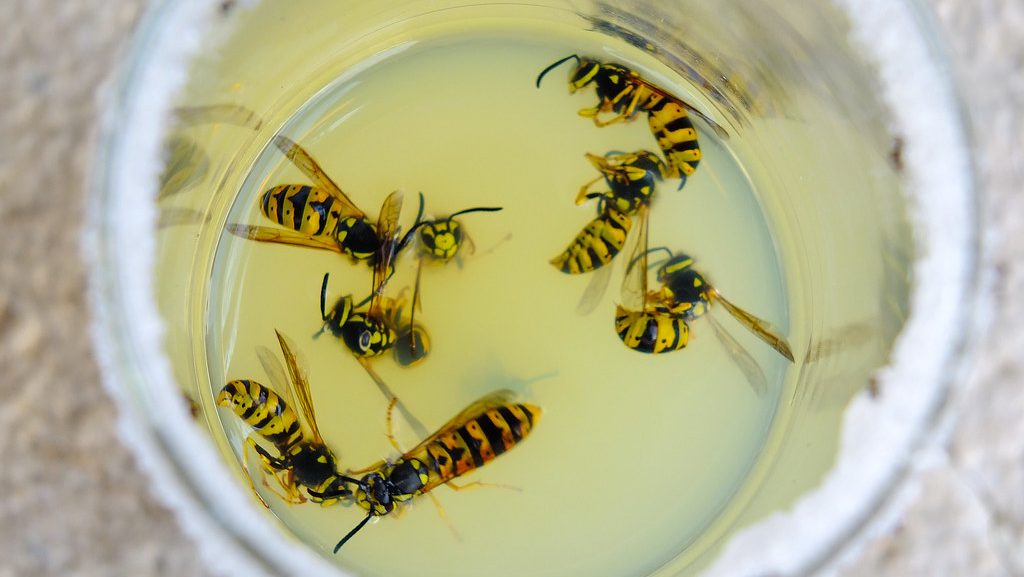
Materials Needed
-
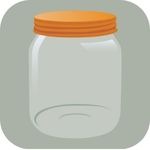 Glass Jam Jar or Mason Jar with Lid
Glass Jam Jar or Mason Jar with Lid
-
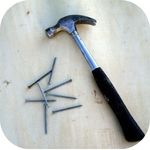 Nail and Hammer or Small Drill
Nail and Hammer or Small Drill
-
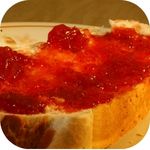 Bait (jam, syrup, or juice)
Bait (jam, syrup, or juice)
-
 Dish Soap
Dish Soap
DETAILED STEP-BY-STEP INSTRUCTIONS
1. Making the Lid Entry Point
- Use a small nail and hammer to carefully punch a ¼-inch hole in the jar lid.
- File down any sharp edges to avoid injury when handling the jar.
2. Adding the Bait
- Fill the jar halfway with your chosen bait (jam, syrup, or juice) and dish soap.
- Smear a little jam or jelly around the hole in the lid to intensify attraction.
3. Positioning Indoors
- Place your traps near windows, doors, or lights, as these are places where wasps typically gather.
- Keep the traps out of reach of pets and children, preferably on high shelves or ledges.
PRECAUTIONS
-
Regularly Empty the Traps: Empty traps regularly to prevent mold buildup or unpleasant odors indoors.
-
Handle Traps Carefully: Always handle traps with care, as trapped wasps may still sting when disturbed.
-
Keep Traps Out of Reach: Place traps in areas out of reach of curious pets and children to prevent accidents.
Note
This method targets wasps indoors, helping you handle the stressful invaders safely.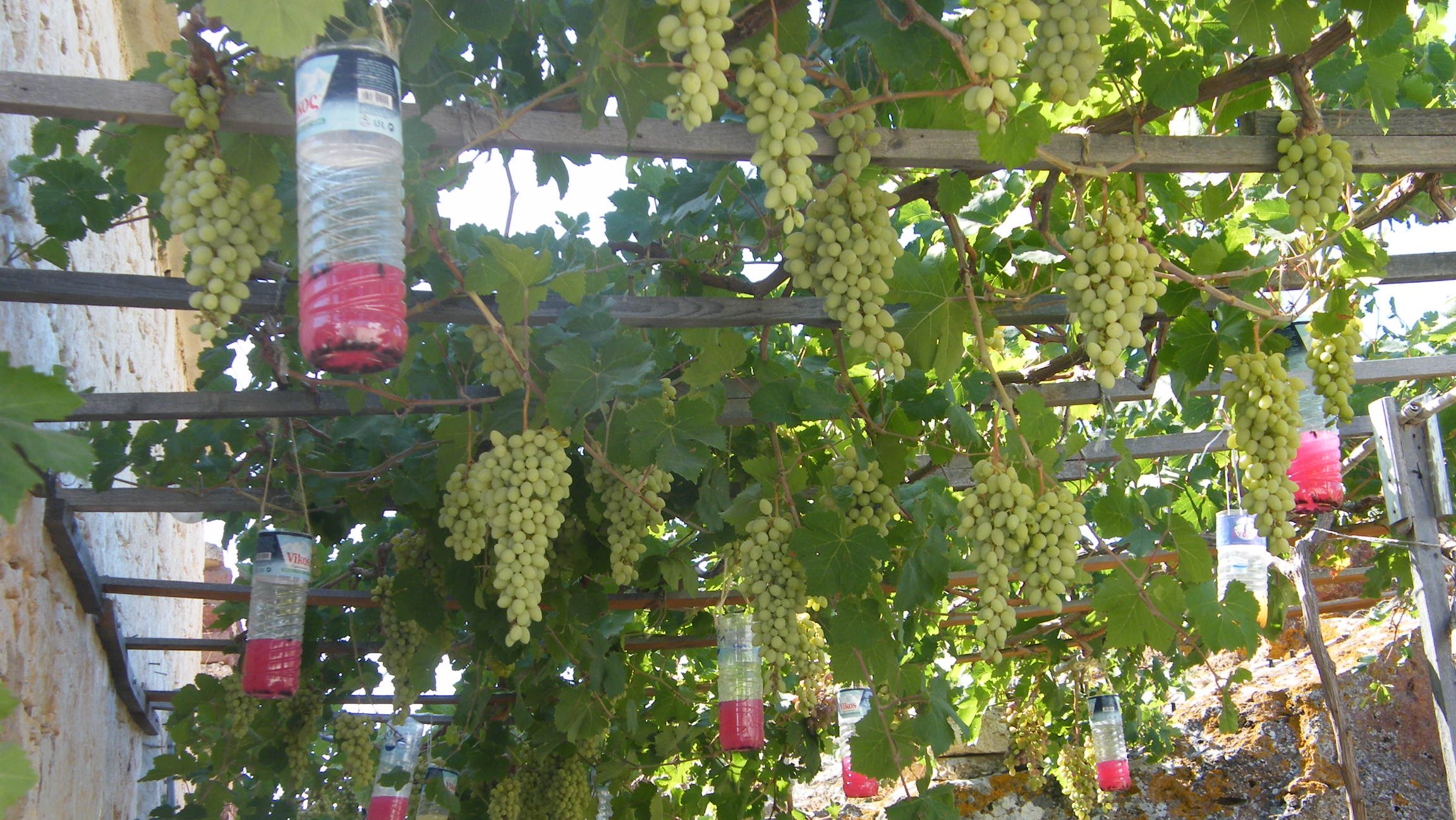
Choosing the Best Bait: Seasonal Considerations
Selecting the correct bait is crucial. Here’s a quick breakdown of what bait works best and when: Spring (Protein-rich bait):- Canned tuna, raw meat, or fish pieces.
- Attracts queen wasps early in the season, preventing larger colonies later.
- Fruit juice, soda, sugar water, syrup.
- Appeals to adult wasps seeking sweets later in the season.
| Bait Option | Season | Pros | Cons |
|---|---|---|---|
| Fruit Juice, Soda | Summer/Fall | Highly attractive, easy to find | Attracts bees unless mixed with vinegar |
| Sugar Water & Vinegar Mix | All year | Repels bees, attracts wasps reliably | Less aromatic |
| Tuna or Raw Meat | Spring | Extremely attractive to queen wasps | Spoils quickly, unpleasant odor |
Maintaining Your DIY Wasp Traps for Success
-
Clean weekly: Regular maintenance prevents unpleasant odors and mold growth, keeping your traps effective.
-
Replace bait regularly: Fresh bait is essential for ongoing trap effectiveness and attracting wasps reliably.
-
Safety first: Always wear gloves when handling full or partially full traps to avoid being stung.
Common Mistakes & Troubleshooting Tips
Having trouble? Here’s why your trap might fail—and how to fix it: Problem: Trap is empty after days. Solution: Move the trap closer to known wasp nesting sites or try changing bait. Problem: Attracting bees unintentionally. Solution: Avoid honey-based bait; use sugar-vinegar mixtures or protein instead. Problem: Wasps escaping trap. Solution: Double-check funnel placement; ensure dish soap is added to the bait.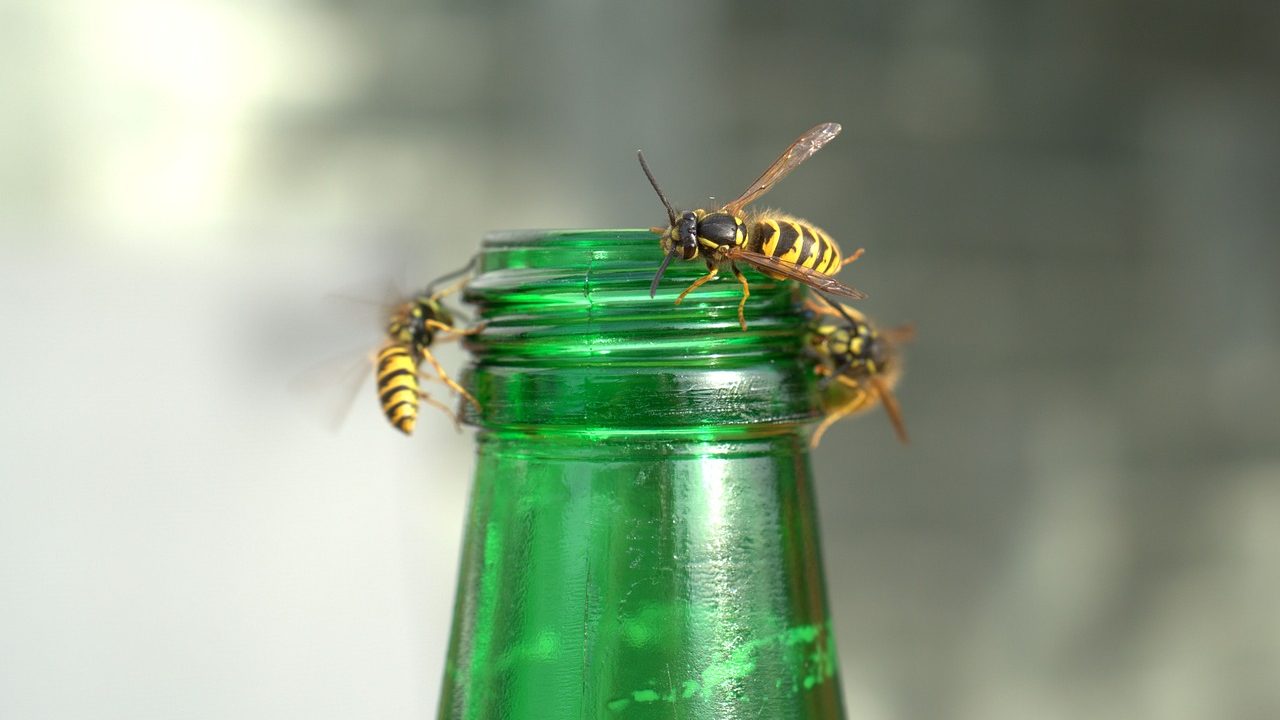
Pros and Cons of DIY Wasp Traps (Recap)
| Aspect | Pros | Cons |
|---|---|---|
| Cost | Inexpensive, recyclable materials | Requires regular maintenance |
| Effectiveness | Highly effective for moderate wasp problems | Less effective for very large nests |
| Safety | Non-toxic, family-friendly | Potential risk of sting during maintenance |
| Environmental Impact | Eco-friendly, pesticide-free | Risk of attracting beneficial insects if bait chosen incorrectly |
Alternative and Complementary Methods
-
Nest removal: Professional removal offers quick, guaranteed relief from wasp nests.
-
Natural repellents: Peppermint and eucalyptus oils naturally deter wasps without harmful chemicals.
-
Professional pest control: For severe infestations or dangerous nests, professional pest control is highly recommended.





